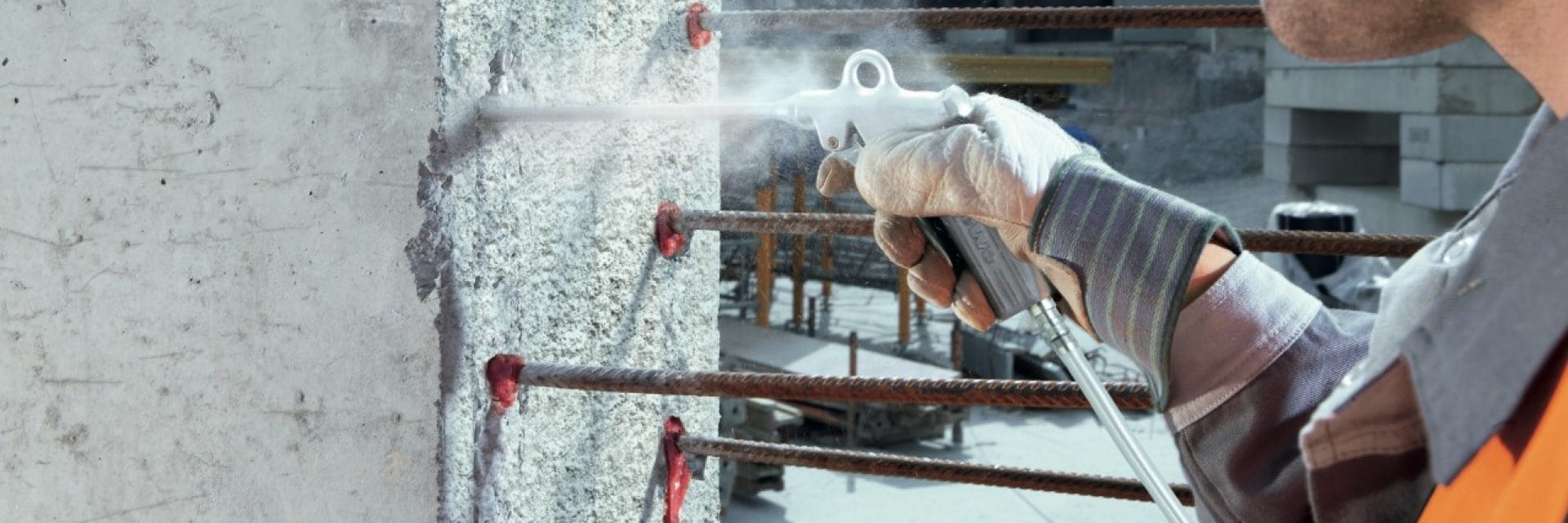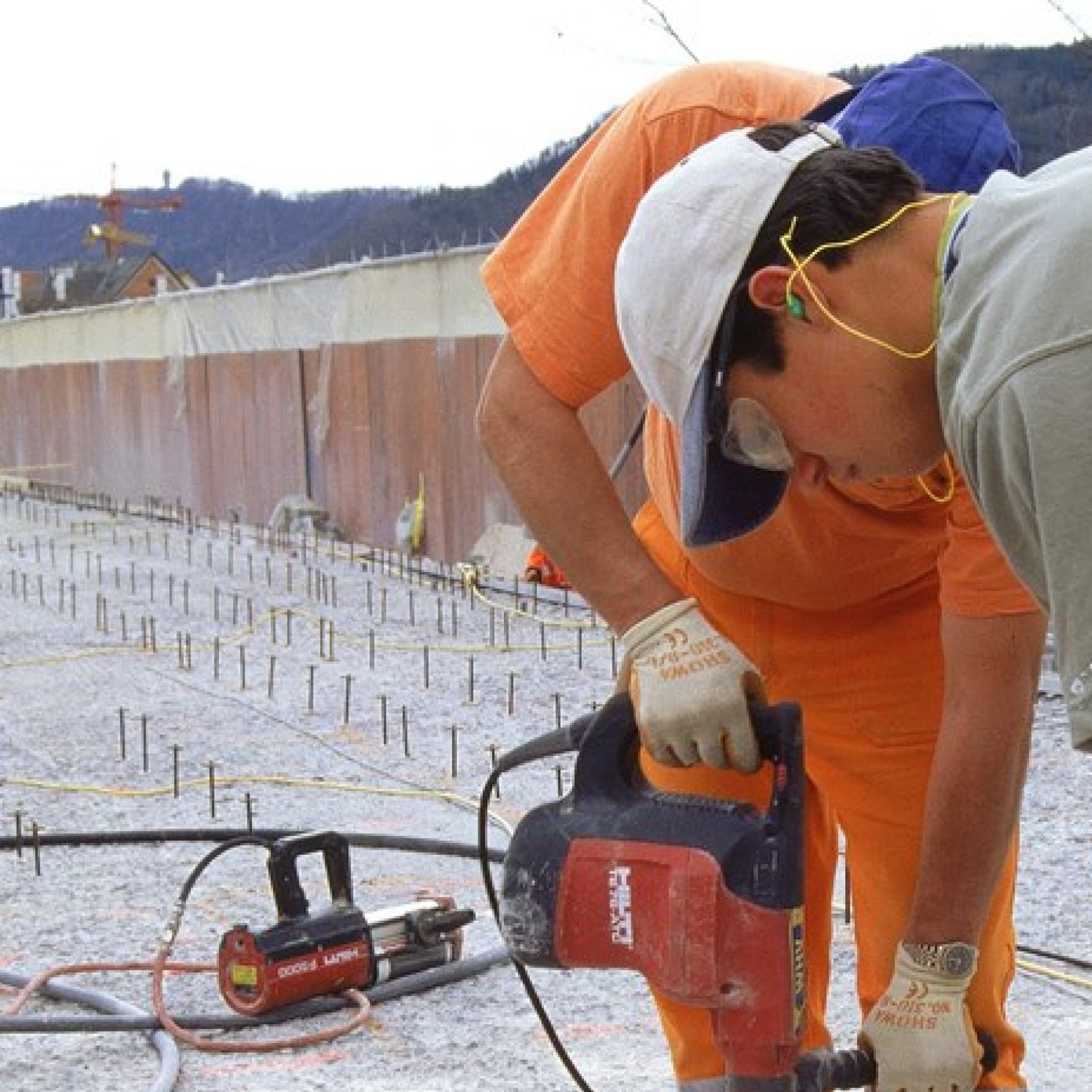- Home
- Company
- Media Relations
- Industry Blog
- Everything you Need to Know About Post-Installed Rebar
UNDERSTANDING FAILURE MODE IS CRUCIAL IN DESIGN
Everything you need to know about designing post-installed rebar


Working with post-installed rebar and anchor fastenings is a complex task, and there are several aspects to the process that must be carefully considered for the procedure to be successful. Everything starts with how well you plan during the design phase, and the job isn’t complete until you ensure full compliance with the relevant regulations.
While using the very best anchor systems is one way to protect against structural failure, it remains crucial to determine the correct design methods for your application. This requires a good understanding of the specific application and of the failure modes associated with the concrete behaviour under the tensile loads.
The first method complies with the rules of the Australian Standard SA TS 101, while the second is for applications defined in EOTA TR23 and follows the rules of AS 3600.
How to determine which design method to follow
When designed properly, post-installed rebar can be just as safe as traditional cast-in reinforcement, as proven in European Technical Approvals tests. In fact, these connections have been used in everything from large buildings to bridges, but this makes the design method very critical to achieve a safe connection.
Hilti Engineer Zac Bouchabake explains that SA TS 101 should be used when it is determined that tensile load forces can be transferred directly through concrete, causing a concrete cone failure. On the other hand, the rules of AS 3600 can be used when the anchor point is in equilibrium without tensile stresses in the concrete, or when the post-installed rebar is forming a splice with an existing cast-in rebar. In the second case, only concrete splitting can occur.
“Strength is important because it determines how much load you can apply on the anchors. Every time you have higher bond strength, you’d expect a higher load resistance for a specific fixing”, he said.
The Hilti HIT Rebar method
Taking things further, the Hilti HIT Rebar method provides further optimisation for applications covered by EOTA TR23 and follows the AS 3600 approach. This method takes advantage of our high bond adhesives and can achieve anchorage length reductions of up to 70% when adequate concrete cover is applied, compared to the figures given in building codes.

It’s not just about bond strength
For obvious reasons stronger base materials such as concrete will always achieve a stronger connection, as they can sustain much higher loads. But apart from bond strength, there are other factors to consider when choosing an adhesive.
“There’s also the condition of the base material – such as water-saturated concrete – and the drilling method you’re using. Certain anchors work better with certain processes. For example, epoxy mortar is more suitable to diamond-cored holes as it has a higher bond strength,” Zac explains.
So we know that base material and the right adhesive are important, but what if there are doubts about the quality of the concrete or the installation procedure?
On-site tensile testing
Tensile testing becomes necessary when the concrete base material is old or damaged, or if the base material is not a standard concrete such as sandstone. It is also useful for verifying the quality of the installation. To assist, Hilti provides an onsite testing service to ensure that accurate information is recorded.
Our engineers are trained specialists in determining maximum load, and will provide you with a full report that lays out the results of the test simply. The equipment used to record this data needs to be carefully maintained for accuracy. If this isn't done, incorrect results can compromise the structural integrity of a project. To that end, all Hilti testing equipment is regularly calibrated to maintain consistently precise results. Our team will also be able to assist with determining the right type of anchor system to use for the installation.
In terms of the tests themselves, there are two different possibilities that can be utilised depending on the situation. One option is a destructive pull-out test, but in most cases a non-destructive proof-load test is a suitable alternative.
